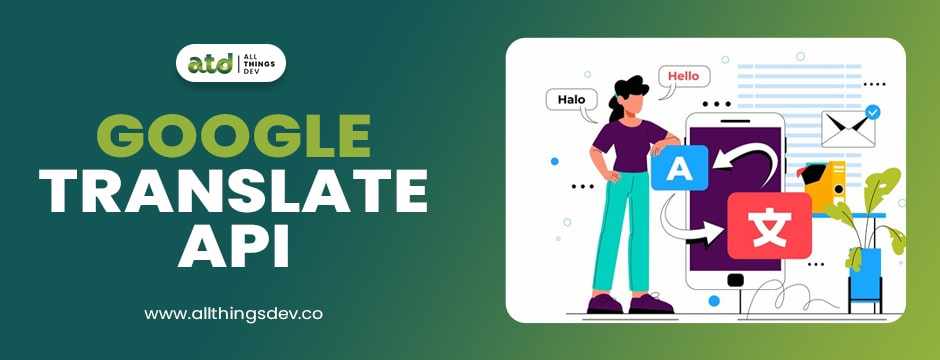
In today's digital world, having a multilingual website is no longer a luxury—it's a necessity. As businesses expand globally, reaching customers in their native language is key to building trust and driving conversions. One of the easiest and most effective ways to add multiple languages to your website is by leveraging the Google Translate API.
This tool can automatically translate your website content into dozens of languages, helping you connect with a broader audience and improve user experience. In this blog, we will explore how to use this fantastic tool effectively for multilingual websites.
Why Use the Google Translate API for Multilingual Websites?
There are many benefits to using this tool for your multilingual website including:
Increased Reach: By offering your website in multiple languages, you can attract visitors from different countries and cultures.
Improved User Experience: A website that speaks the visitor’s language makes navigation easier, leading to higher engagement.
SEO Benefits: Google rewards websites that provide content in multiple languages, boosting your search engine rankings.
Cost-Effective: Manually translating content for each language can be expensive and time-consuming. With it, you can streamline the process.
How to Integrate the Google Translate API into Your Website?
Integrating this tool into your website is a relatively straightforward process. Here’s how you can get started:
Step 1: Sign Up for the Google Cloud Platform
Before using the Google Translate API, you need to create a Google Cloud account. Visit the Google Cloud Platform (GCP) website and sign up. After signing up, you'll need to create a project. Once you have a project, enable it and get your API key, which will be required for integration.
Step 2: Install the Required Libraries
To start using this tool on your website, you’ll need to install the necessary libraries. If you’re using JavaScript, you can easily integrate the API by adding the Google Cloud Translation client library. Ensure you also include the Google Cloud SDK to simplify API requests.
Step 3: Set Up Translation Functionality
Once you’ve integrated the API into your website, you can begin setting up the translation functionality. The API allows you to specify the source language (or automatically detect it) and the target language. For example, a visitor from France would see the website in French, while a user from Japan would see it in Japanese.
Step 4: Customize the Translation Widget
Google provides a translation widget that can be added to your site. This widget allows users to select their preferred language from a dropdown menu. Customizing the widget ensures that it fits seamlessly into your website design and enhances the overall user experience.
Step 5: Test and Monitor
After integration, thoroughly test the translation feature on your website. Ensure that all content is being translated accurately and that there are no technical issues. Additionally, monitor the translation feature regularly to ensure it continues to work as expected.
Best Practices for Using the Google Translate API
Avoid Machine-Only Translations: Although this API offers high-quality translations, some nuances may be lost in automated translations. It’s a good idea to have human translators review key content for accuracy.
Use Context-Specific Translations: Google Translate may struggle with context. Therefore, ensure that your content is structured in a way that is easy for the Google Maps API to understand.
Limit Translated Content: Be mindful of the amount of content you translate to prevent slow loading times. Prioritize key pages and sections first.
Test for SEO Impact: Multilingual websites can have SEO advantages. However, ensure your translated pages are optimized for SEO by using hreflang tags and providing high-quality translated content.

The Google Translate API is an excellent tool for making your website accessible to a global audience. It helps businesses communicate effectively with users in multiple languages, improving user experience, engagement, and search engine visibility. However, to fully maximize the benefits, it's important to integrate the tool properly and follow best practices.
For more advanced translation solutions and guidance on integrating this tool, visit All Things Dev. Their expertise in translation services can help you ensure your website content is effectively localized for your international audience.



Write a comment ...